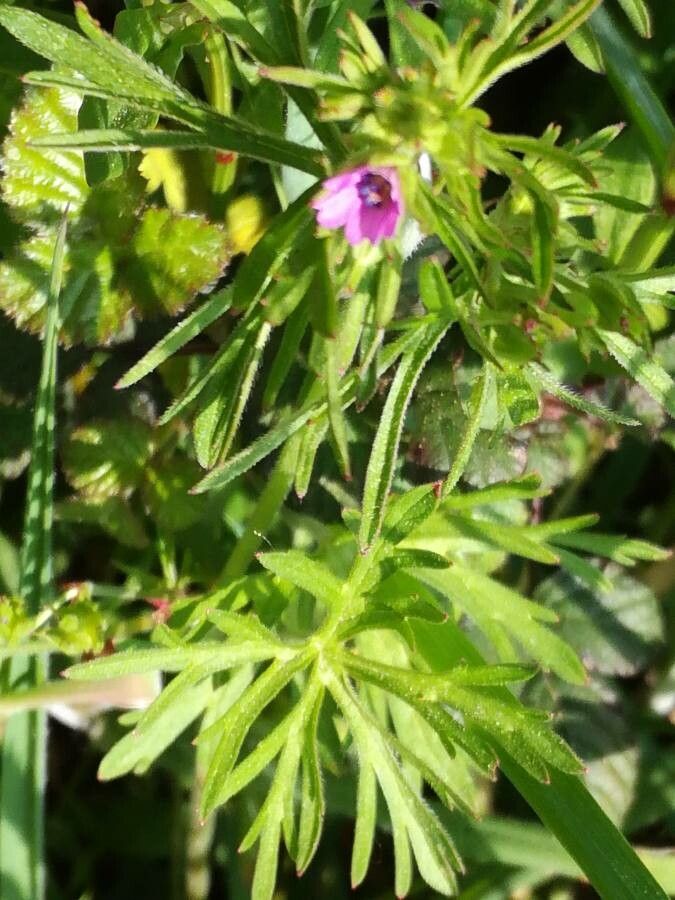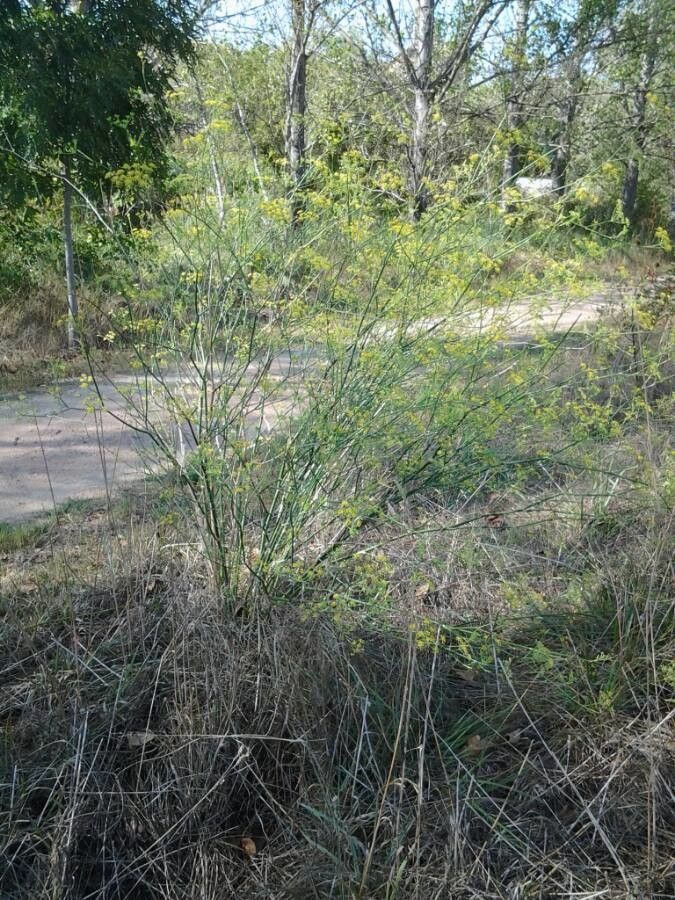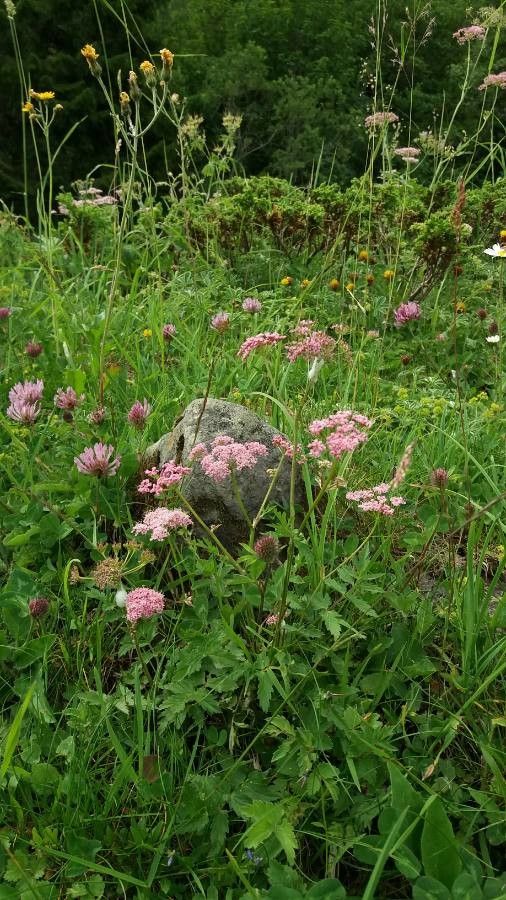# Cut-Leaf Crane's-Bill: A Gardener's Delight
The Cut-leaf Crane's-bill (*Geranium dissectum*), a member of the Geraniaceae family, is a charming and easily grown wildflower that adds a touch of delicate beauty to any garden. Its finely dissected leaves and delicate pink or purplish flowers make it a favorite among gardeners who appreciate low-maintenance, yet visually appealing plants.
### Habitat and Growth
Native to Europe and parts of Asia, this hardy perennial thrives in a variety of conditions, making it a versatile addition to gardens and naturalized areas. You'll often find it growing in meadows, along roadsides, and in other slightly disturbed areas. Its adaptability extends to various soil types, but it prefers well-drained conditions. It typically spreads via self-seeding, leading to beautiful colonies over time, though it can also be easily propagated via cuttings.
### Sun Exposure and Soil Needs
Cut-leaf Crane's-bill prefers full sun to partial shade. While it tolerates full sun in cooler climates, afternoon shade in hotter regions is beneficial to prevent leaf scorch. The soil should be well-drained; it's not overly particular about soil type, though a slightly acidic to neutral pH is ideal. Avoid heavy clay soils that retain too much moisture, as this can lead to root rot.
### Planting and Care
Planting Cut-leaf Crane's-bill is straightforward. Sow seeds directly in the garden in spring or fall, or start seeds indoors several weeks before the last frost. Space plants approximately 12-18 inches apart to allow for spreading. Once established, this plant requires minimal care. Water regularly, especially during dry periods, but avoid overwatering. Deadheading spent blooms will encourage more flowering and help prevent self-seeding if you prefer to control its spread.
### Propagation
Beyond seed propagation, Cut-leaf Crane's-bill can be easily propagated by cuttings. Take stem cuttings in spring or summer, ensuring each cutting has several leaves. Dip the cut end in rooting hormone and plant in moist potting mix. Keep the cuttings moist until roots develop. Once rooted, they can be transplanted into the garden.
### Pest and Disease Resistance
Generally, Cut-leaf Crane's-bill is quite resistant to pests and diseases. Good air circulation and proper watering can help prevent fungal problems. Occasionally, slugs or snails might nibble on the leaves, but this is usually not a significant issue.
### Uses in the Garden
Its low-growing habit and delicate flowers make Cut-leaf Crane's-bill an excellent ground cover for areas that need a touch of color and texture. It also looks stunning in borders, rock gardens, or wildflower meadows. Its airy foliage provides a beautiful contrast to bolder plants.
### Conclusion
The Cut-leaf Crane's-bill is a charming addition to any garden, offering beauty and resilience with minimal effort. Its adaptability and ease of care make it a perfect choice for both novice and experienced gardeners alike, offering a glimpse of wildflower elegance in a cultivated setting.
Cut-Leaf Crane's-Bill: Grow Guide & Care Tips

Frequently Asked Questions
How do I grow Cut-leaf Crane's-bill?
Sow seeds directly outdoors in spring or fall, or start seeds indoors several weeks before the last frost. Space plants 12-18 inches apart. Water regularly, but avoid overwatering. Choose a location with full sun to partial shade and well-drained soil.
What type of soil does Cut-leaf Crane's-bill need?
Cut-leaf Crane's-bill prefers well-drained soil. While it's not overly picky, a slightly acidic to neutral pH is ideal. Avoid heavy clay soils that retain too much moisture.


